The first sales meeting isn’t just a hurdle to clear; it’s the defining moment of the entire sales cycle. Yet, countless sales professionals still approach it with a self-serving “discovery” agenda, essentially squandering the opportunity to differentiate themselves.
According to globally recognized sales strategist Lee Salz, the secret to elite performance lies in a radical shift: stop interrogating, start consulting. The goal of the first meeting is not to gather data for your CRM—it’s to deliver immediate, meaningful value that makes the prospect genuinely smarter for having spent time with you.
Here is your blueprint to transform the routine “first chat” into a high-impact, client-centric consultation.
The Real Product You’re Selling
Key Insight: You are not selling your service in the first meeting; you are selling the meeting itself.
Prospects are overwhelmed. They will only carve out time if the value proposition is crystal clear and compelling. Ditch the generic, “I’d like to learn about your business,” and replace it with a focused, valuable offer.
- Consultation, Not Interrogation: Instead of asking, “What are your challenges?” try offering, “In our 30 minutes, I’ll share three creative cost-reduction strategies manufacturing CFOs are using right now.” This establishes you as an expert, not a vendor.
- Reverse-Engineer the Outcome: Before the call, ask yourself: What must the prospect walk away with to feel this was a great investment of their time? Build your agenda around delivering that specific outcome.
The Power of Emotional Engagement
Most first meetings are purely logical, focusing on facts and figures. But buying decisions are fundamentally emotional. To truly differentiate, you must move beyond the superficial.
- Ask the Right Questions: Instead of the dry, “What is your biggest challenge?” use evocative language that prompts a story and reveals emotional stakes: “What’s that one thing in your business that truly makes you want to pull your hair out?”
- Embrace the Silence: When you ask a deep, thought-provoking question, resist the urge to fill the void. Silence allows the prospect to process the question and deliver a meaningful response. Interrupting that silence can often kill a deal.
- Tell a Story, Don’t Lecture: Embed your features and benefits within brief, compelling client success stories. People forget data, but they remember narratives that resonate with their own struggles.
The Non-Negotiable Next Step
“Ghosting”—a prospect going silent after a good meeting—is rampant when you don’t take charge of the momentum. The only way to prevent ghosting is to secure the next step before you hang up.
- Immediate Calendar Invite: Never end with, “I’ll follow up next week.” Recommend a logical next step (e.g., “Based on what we discussed, the next step is a deep dive with your engineering lead. How does Thursday at 2 PM look?”) and send the calendar invite immediately.
- Lead the Way: Top performers recommend the logical progression instead of asking for permission. If the prospect hesitates, address the objection then and there—it’s a clear red flag you haven’t delivered enough value yet.
By trading the old “discovery” script for a sophisticated, value-first consultation, you don’t just win meetings; you build unstoppable momentum that sets you apart from 99% of your competition.
Our Host
John is the Amazon bestselling author of Winning the Battle for Sales: Lessons on Closing Every Deal from the World’s Greatest Military Victories and Social Upheaval: How to Win at Social Selling. A globally acknowledged Sales & Marketing thought leader, speaker, and strategist, he has conducted over 1500 video interviews of thought leaders for Sales POP! online sales magazine & YouTube Channel and for audio podcast channels where Sales POP! is rated in the top 2% of most popular shows out of 3,320,580 podcasts globally, ranked by Listen Score. He is CSMO at Pipeliner CRM. In his spare time, John is an avid Martial Artist.



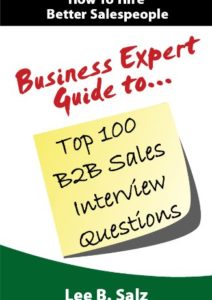
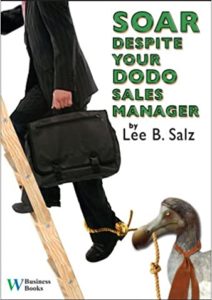

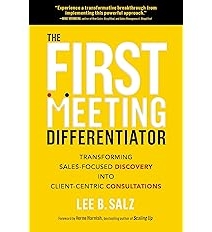

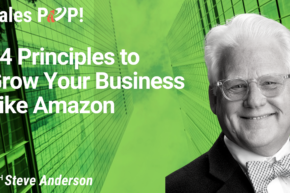


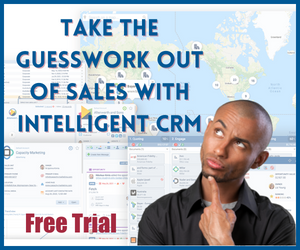
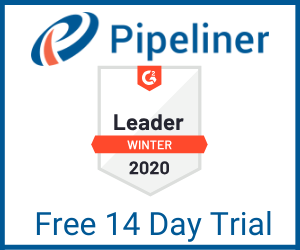
Comments